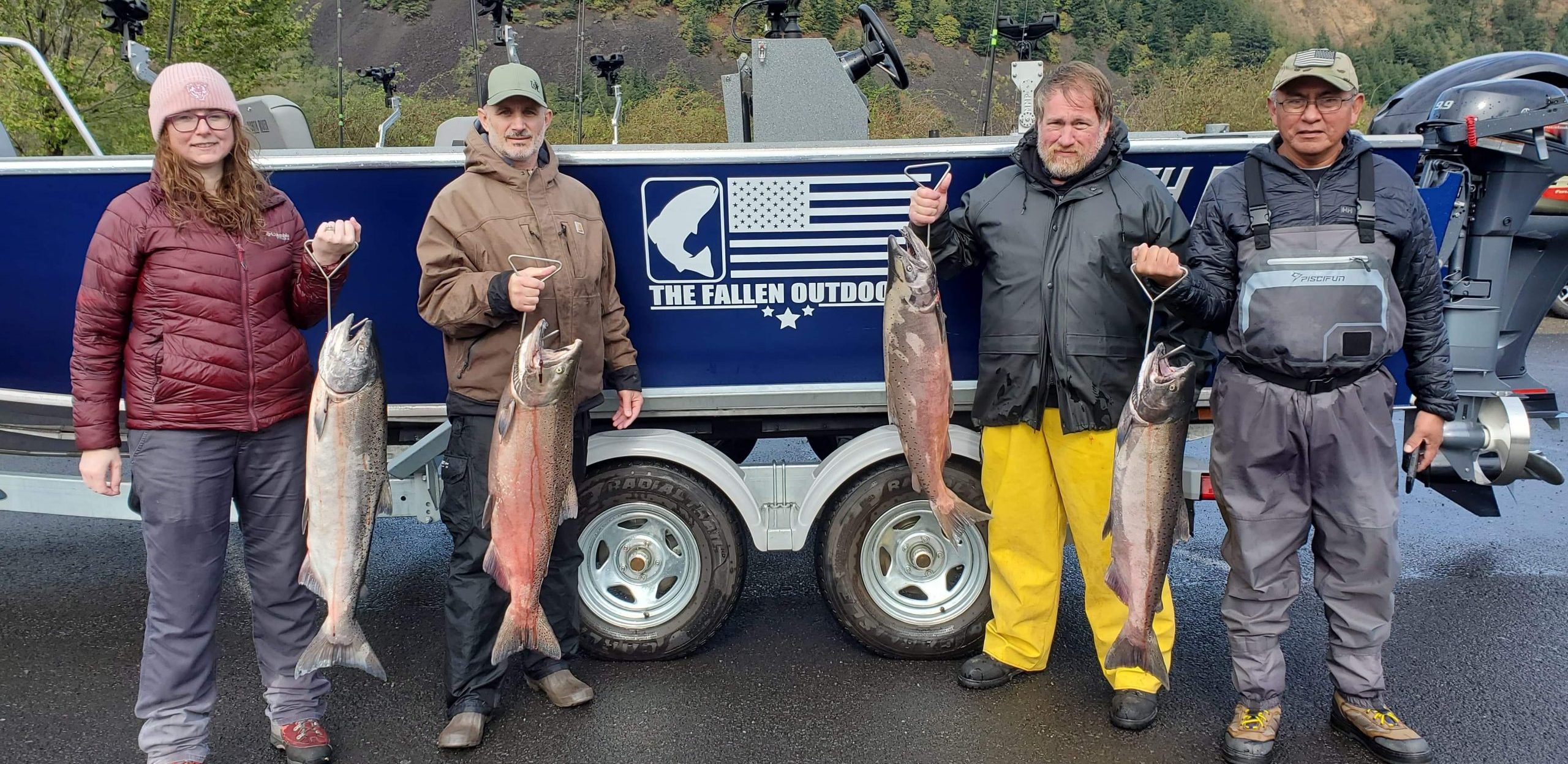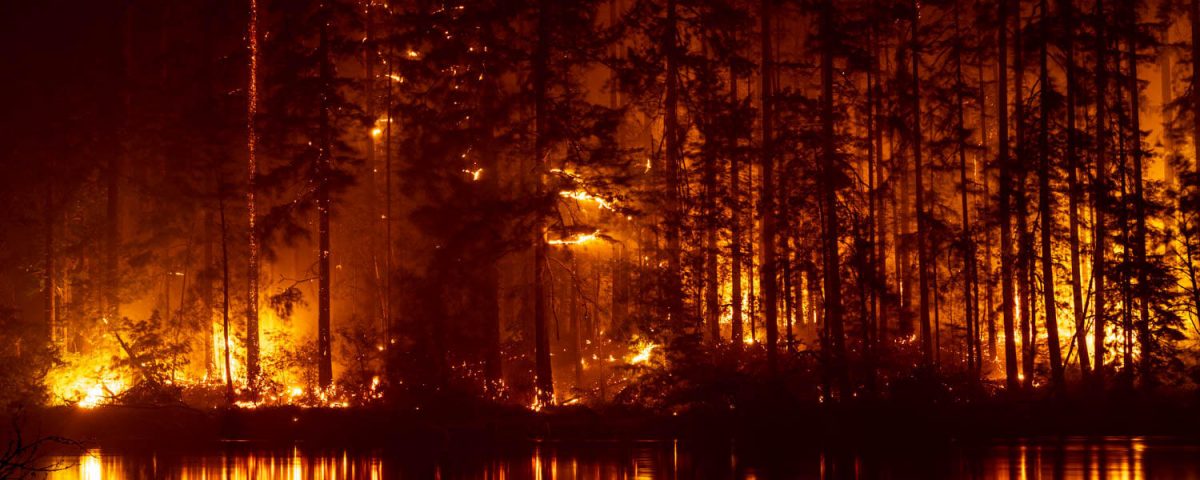
Steelheaders Take Veterans Fishing Across 130miles of the Columbia River
November 11, 2020
America’s Conservation Enhancement Act Prioritizes Fisheries Conservation and Community Involvement
November 25, 2020When Forests Burn, Do Salmon Suffer?
Short term Wildfire Impacts Support Long-term Benefits
By Betsy Emery, Advocacy and Campaign Manager
November 19, 2020
J ust as landslides, floods, and fires have shaped our geography, they also form the foundation for the diversity of salmon life histories. Salmon’s ability to adapt to various habitat changes over time is a primary reason why they are some of the most resilient creatures on earth today.
For millions of years, fires have served as a source of natural regeneration in western U.S. forests. The fires salmon experienced before the widespread settlement of the west, however, were very different from the increasingly common catastrophic megafires they face today. Fueled by a century of fire suppression and drought, the wildfires that raged through the west this year wreaked havoc on many communities. Luckily, salmon communities are often resilient enough to be some of the quickest to bounce back.
Hot, high-intensity fires often have significant negative impacts on salmon in the short term. Over time, those immediate impacts tend to stabilize. Habitat quality is improved and fish populations return, demonstrating their resilience. Of course, how salmon populations respond to fire depends on the unique features of the river, the timing and intensity of the fire, and the health of the specific salmon population, among other factors.
When a fire reaches a riverbank, water temperatures can increase to lethal levels for these cold-water fish. This is especially dangerous for eggs and juveniles. If the fire burns a majority of the streamside plants, exposure to the sun may cause increased stream temperatures long after the fire, as the plants are slow to return to the banks and slopes. Decades of fire suppression has resulted in dense forests that are full of fuel. The more underbrush and young, second generation trees, the more heat a wildfire will produce, and the harder it will be to contain.
Hotter fires translates to hotter streams, more barren banks, and soil depleted of nutrients critical for succession including potassium, phosphorus, magnesium, and calcium. The soil along the bank is left exposed to wind and rain. When heavy rains arrive soon after the fire season, water tears into the soil, causing erosion, more runoff and potentially landslides.
Large flames that stoke heavy winds can also flush exposed sediment, soil, ash, wood and rocks into the river, making it difficult for fish to navigate, breathe or find food during and immediately after the fire. A rapid influx of sediment can flood spawning sites, kill redds, and increase the nitrogen content and acidity of the water.
While the water quality is compromised in the short term, this rush of new sediments can increase overall nutrient availability in the stream in the long run, supporting abundant insects and prey fish for salmon to feed on. A few spawning cycles after a fire, average fish size has increased in some rivers.
Slopes above the river that are littered with weak or dead trees and shrubs supply a steady source of large instream wood. While an increase in logjams can isolate fish from each other and reduce critical water flow to redds, instream wood has a number of benefits. Logs often create pools for spawning, provide cover for juveniles, and increase overall habitat complexity.
Fisheries biologists and fire officials have traditionally believed fire to be bad for salmon and have gone to extensive measures to suppress fires from burning along riverbanks. With science supporting the benefits of fire in the long term, we must rethink how we manage fire near aquatic ecosystems to be a regenerative force for forests, streams, and the fish that call them home.




